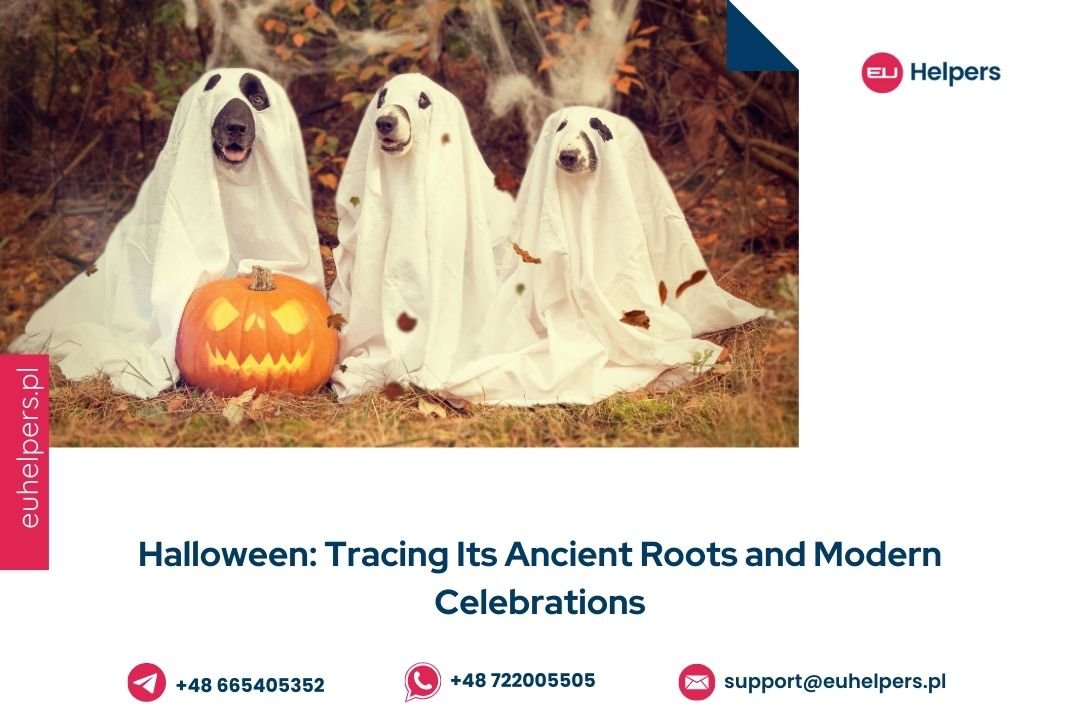Halloween, one of the most anticipated holidays for kids and adults alike, has been celebrated for over a thousand years. Once rooted in religious observances, Halloween has evolved into a secular day of fun, costumes, and festivities that emphasize creativity, community, and mystery. But how did this holiday begin, and what traditions led us to the Halloween we know today?
Origins of Halloween: The Celtic Festival of Samhain
Halloween’s roots can be traced back to the ancient Celtic festival of Samhain, traditionally observed on 31 October, marking the beginning of the Celtic new year. Samhain was believed to be a time when the boundary between the living and the spirit world was at its thinnest, allowing souls to return to the earthly realm. To protect themselves from wandering spirits, the Celts wore costumes, often representing mystical creatures, and lit large bonfires. This ancient custom gave rise to some of Halloween’s most enduring symbols, like witches, ghosts, and goblins.
The Influence of All Saints Day
In the 7th century CE, Pope Boniface IV established All Saints Day, initially celebrated on May 13, to honor saints and martyrs. By the 8th century, Pope Gregory III moved the holiday to November 1, possibly to replace or coincide with Samhain. The evening before All Saints Day came to be known as All Hallows’ Eve, eventually shortened to “Halloween.” Over time, Halloween expanded beyond the Celtic regions of Ireland, the United Kingdom, and parts of France and spread across various cultures.
Halloween in America
When Halloween reached America, it was initially met with resistance, particularly in the strict religious communities of New England. However, it gained popularity in the Southern colonies. By the 1800s, as harvest festivals became a common autumn celebration, Halloween elements began to emerge within these gatherings. Irish immigrants fleeing the 19th-century Potato Famine brought with them many of their Halloween traditions, which gradually spread across the United States.
The Rise of Trick-or-Treating
One of Halloween’s most beloved traditions, trick-or-treating, has its origins in an Old World custom called “guising.” In Ireland and Scotland, children dressed in costumes, visiting homes to perform jokes, songs, or tricks in exchange for treats like fruit or sweets. As this tradition took root in the United States in the early 20th century, it transformed into a simpler activity where children dressed in costumes would go door-to-door for candy. By the 1950s, trick-or-treating had become a central part of Halloween festivities, leading to the enormous popularity it holds today. According to the National Retail Federation, Halloween is now one of the biggest holidays for candy sales in the United States, generating over $3 billion annually.
Halloween Today
From costume parties to haunted houses, pumpkin carving to trick-or-treating, Halloween has transformed into a celebration that brings communities together for a night of fun, fright, and nostalgia. While its roots lie in ancient Celtic customs and early Christian traditions, Halloween has become a unique holiday that blends history, folklore, and community into a night of delight for all ages.

